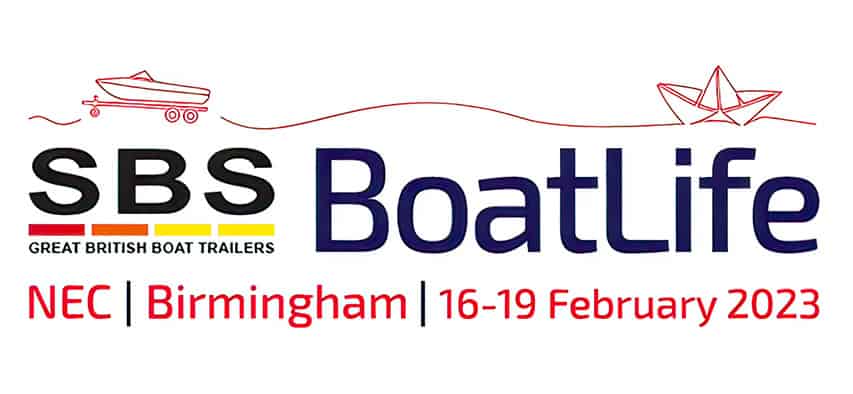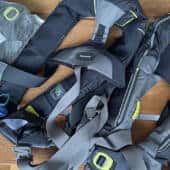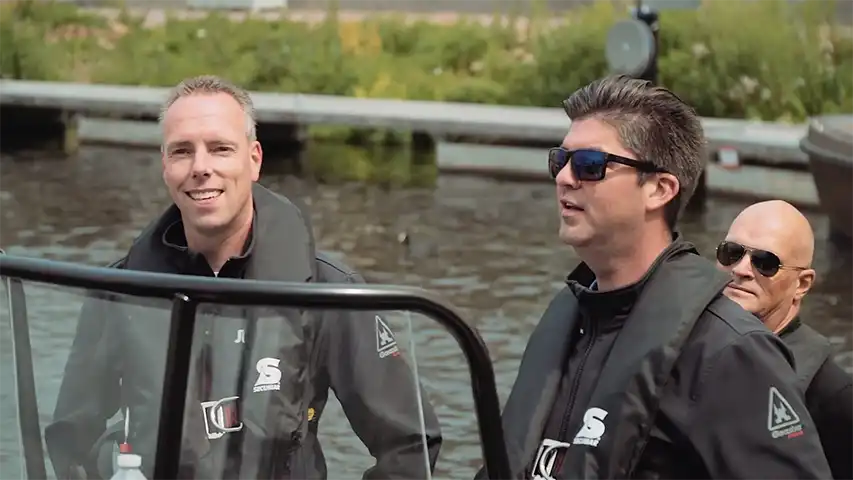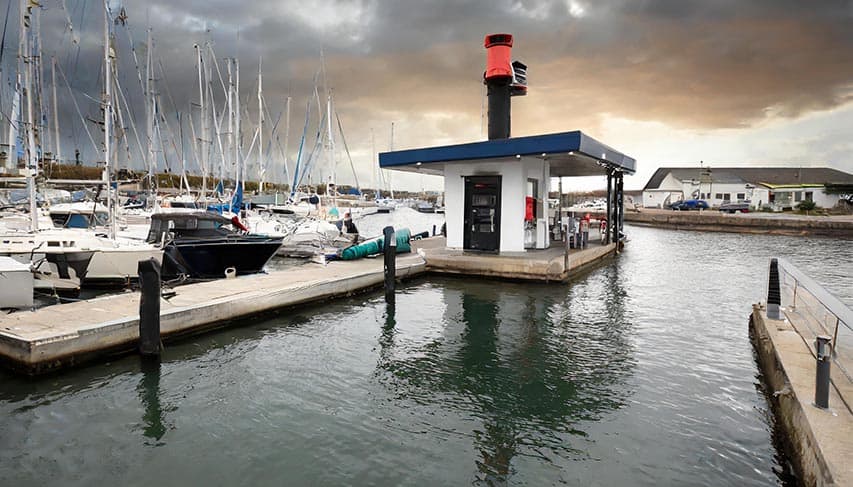
What are the 10 Safe Fuelling Procedures for RIBs?
Proper fuelling procedures are essential for the safe operation of your rigid inflatable boat (RIB). Actually for every boat running on fossil fuel.
Always wear lifejackets on board while taking on fuel.
Gasoline and its vapours pose significant risks of boat fires and explosions, emphasising the importance of cautious fuelling practices to prevent spills and the dissemination of gasoline vapours.
Specifically, gasoline vapours tend to accumulate within the bilge area.
Here’s a 10-point guide to fuelling your RIB safely and efficiently.
1. Always Turn Off Engines
Before fuelling, ensure that all engines are turned off, and the ignition is switched off to prevent accidental ignition of fuel vapours.
It seems logical but I’ve seen it happen that people fuel up with a running engine.
2. Close All Hatches and Ports
Close all hatches, ports, and in case you have a cabin, close all windows to prevent fuel vapours from entering the boat’s interior.
3. Extinguish Flames
Extinguish all open flames, such as cigarettes or cooking appliances, and refrain from smoking while fuelling.
In fact I do not allow smoking on my RIB.
4. Grounding
Ground the fuel nozzle against the fuel tank inlet to prevent static electricity buildup and potential sparks.
5. Always Monitor Fuelling
Monitor the fuelling process closely and at all times avoid overfilling the tank. Leave some room for fuel expansion to prevent spillage especially in warm regions. So never leave the fuelling location.
6. Wipe Spills
Immediately wipe up any fuel spills with absorbent materials and dispose of them properly. I always use kitchen roll. When used don’t throw it overboard.
By the way, there are several special devices to stop spilling fuel.
7. Ventilation
After fueling, open hatches, ports and in case of a cabin, all windows to ventilate the boat and remove any lingering fuel fumes.
If very severe, exposure to gasoline or gasoline fumes can cause permanent organ damage, coma, or even death.
8. Secure the Fuel Cap
Ensure that the fuel cap is securely tightened after fuelling to prevent leaks or spills. You probably already saw cars leaving at the fuel pump with an open valve. The same happens on boats.
9. Check for Leaks
Inspect the fuel system for any signs of leaks or damage before starting the engines. It’s part of good maintenance.
10. Dispose of Waste Properly
Dispose of any fuel-contaminated materials, such as rags or absorbent pads, in accordance with local regulations.
By following these fuelling procedures on “What are the 10 safe fuelling procedures for RIBs?”, you can ensure the safe and efficient operation of your RIB and minimise the risk of accidents or fuel-related incidents.
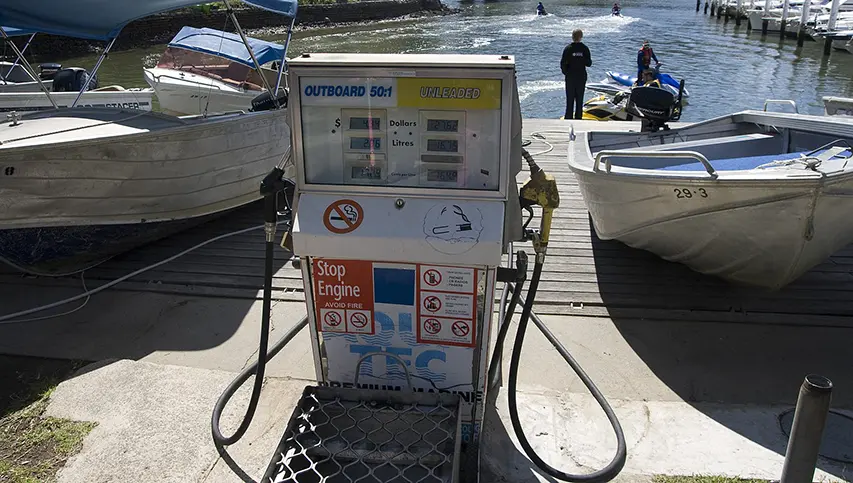
I hope this article answered the question: “What are the 10 safe fuelling procedures for RIBs?”
